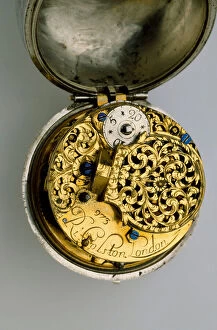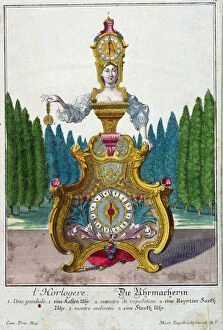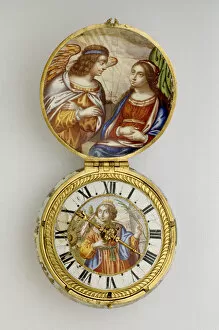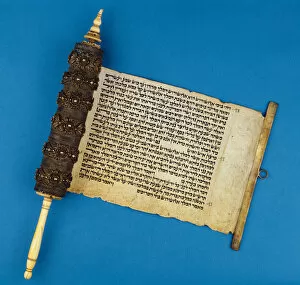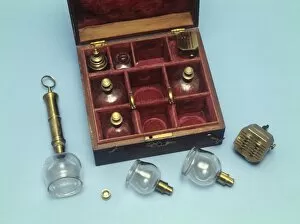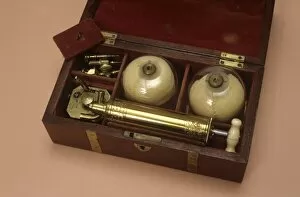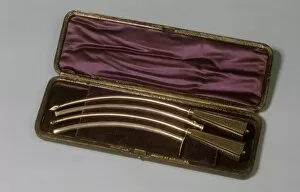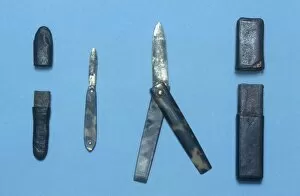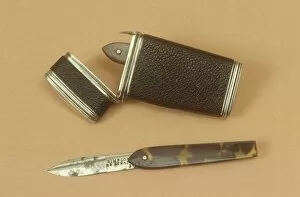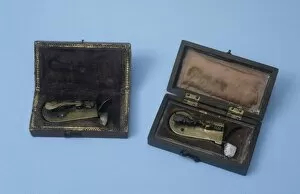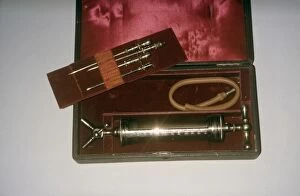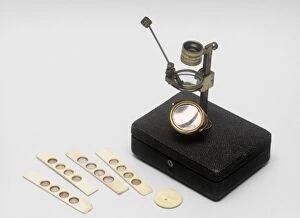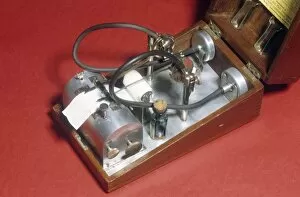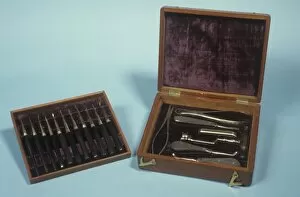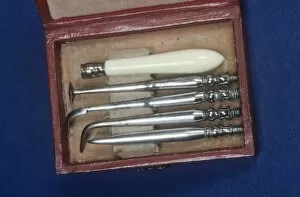Cased Collection
Step into the world of exquisite craftsmanship and timeless beauty with these stunning cased treasures
All Professionally Made to Order for Quick Shipping
Step into the world of exquisite craftsmanship and timeless beauty with these stunning cased treasures. First, behold the Chinese blue and white cameo glass bottle from the Chien Lung period. Its delicate design showcases intricate patterns that transport you to ancient China, where artistry flourished. Next, immerse yourself in history as you explore a pair-cased verge watch crafted around 1685. Made of silver, its exterior exudes elegance while concealing a mesmerizing interior of silver and brass gears meticulously assembled by skilled hands. Marvel at the reverse side of this timepiece, adorned with a combination of silver and tortoiseshell that adds an unexpected touch of luxury. Every angle reveals another layer of detail, captivating both watch enthusiasts and admirers alike. Transporting us further back in time is "The Clockmaker, " a vibrant colour engraving from 1735. This artwork captures the essence of an era when clockmaking was not only a craft but also an expression of artistic brilliance. For those who appreciate opulence combined with functionality, feast your eyes upon a gold and enamel cased verge watch dating back to 1650. Its shimmering surface reflects light like no other as it graces your wrist or pocket - truly a statement piece for any discerning collector. Venturing beyond timepieces brings us to an extraordinary filigree silver and ivory cased Megillat Esther. This masterpiece combines precious materials in perfect harmony to house one of Judaism's most cherished scrolls - an embodiment of faith preserved through generations. Shifting our focus to photography's early days, we encounter a metal-cased album containing miniature WWI photographs. These tiny glimpses into history capture moments frozen in time - each image telling its own story amidst the chaos and bravery witnessed during war. Asprey travel clocks take center stage next as we delve into their advert from 1936.




